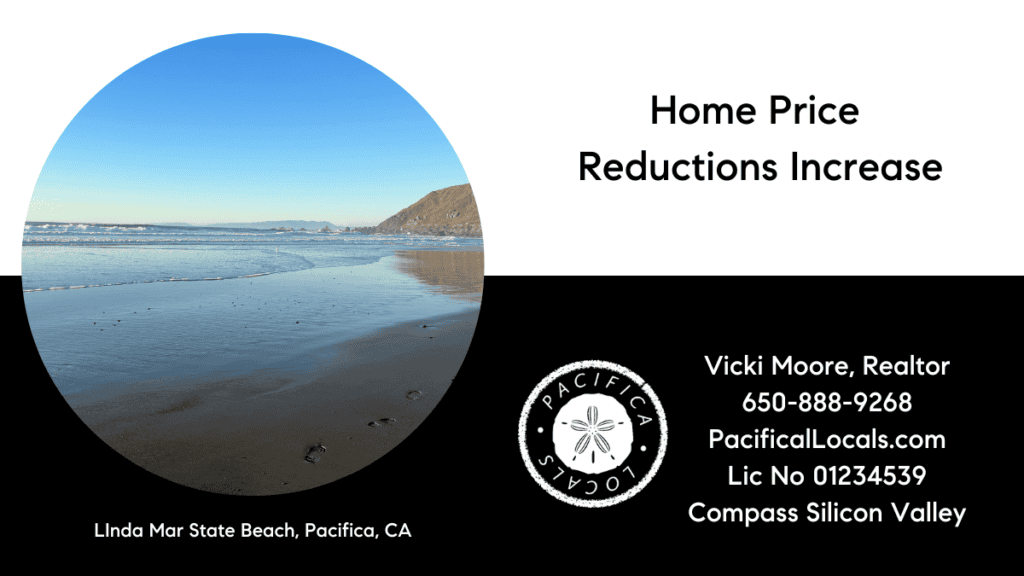Homeownership and Wealth Creation are very closely related. Homeownership is often called a “forced savings account.” In other words, equity is “deposited” into your homeownership account as you pay your mortgage and as values increase.
Long-term homeownership has been shown to build wealth for households. The median homeowner realized $255,900 in wealth in 2019 compared to $6,300 for the median renter, according to the Federal Reserve’s Survey of Consumer Finances.
The Great Recession
In the early 2000s, the trend was to pull money out of your home in the form of a home equity line of credit. It was one of the paths to the real estate market destruction of the Great Recession.
Homeowners gleefully took money out of their homes to pay for a lifestyle that they couldn’t afford any other way. The theory, via advertising and banks, was that all you had to do to get a boat, luxury car, or have an extravagant vacation was to steal some equity from your future. Of course, it wasn’t promoted that way. But it was considered free money. The thinking was that the gravy train of massive equity growth was going to continue indefinitely.
Geoffrey Chaucer, wrote in his poem, Troilus and Criseyde, “But at the last, as everything hath ende, She took hir leve, and nedes wolde wende.”
More commonly known today as “all good things must come to an end.”
Is it a Bubble?
We love hyperbole. The market has to look like a Die Hard movie. Otherwise, it’s not interesting enough. It just can’t be part of a normal seven-to-ten-year cycle.
“Even the hottest markets eventually cool. This does not necessarily imply a large “bubble and crash” (terms much overused). Over the past 4 decades, a cooling shift has typically meant a gradual decline in sales activity, then either a leveling off in appreciation or price declines of 5% to 10%: More like a slow leak in an over-pressurized tire than a blowout at high speed. The 2008 subprime crisis – a true bubble & crash – was an extreme event brought about by a massive failure of ethics, underwriting standards, and risk management in the loan, banking, investment, and ratings industries.”
– Patrick Carlisle, May 2022
Compass Chief Market Analyst
San Francisco Bay Area
“A correction is not a crash. The precipitating factor in the 2008 crash – tens of millions of households talked into home loans they couldn’t afford, forcing frantic sales during a recession – does not apply today. Indeed, mortgage payments as a percentage of income are close to all-time lows (and most homeowners’ mortgages are also at historically low rates). Outside the 2008 crash, market corrections over the last 4 decades typically ran from a simple flattening in appreciation, to price adjustments of 5% to 10% (relatively small compared to the appreciation rates which preceded them). “
– Patrick Carlisle, July 2022
Compass Chief Market Analyst
San Francisco Bay Area
The 2008 collapse “was an anomaly,” Carlisle said. “The 2005-2007 bubble was fueled by home buying and refinancing with unaffordable amounts of debt on a staggering level, promoted by predatory lending practices, promises of endless appreciation, and an abysmal decline in underwriting standards — and then eagerly facilitated by smug, rapacious, Wall Street flimflammery and self-abasing credit ratings agencies,” he wrote in a report last year. “Millions came to own homes they could never afford to pay for and the rot was distributed throughout the financial system.”</b></em></h3>
– Patrick Carlisle, July 2022 SF Chronicle
Compass Chief Market Analyst
San Francisco Bay Area

